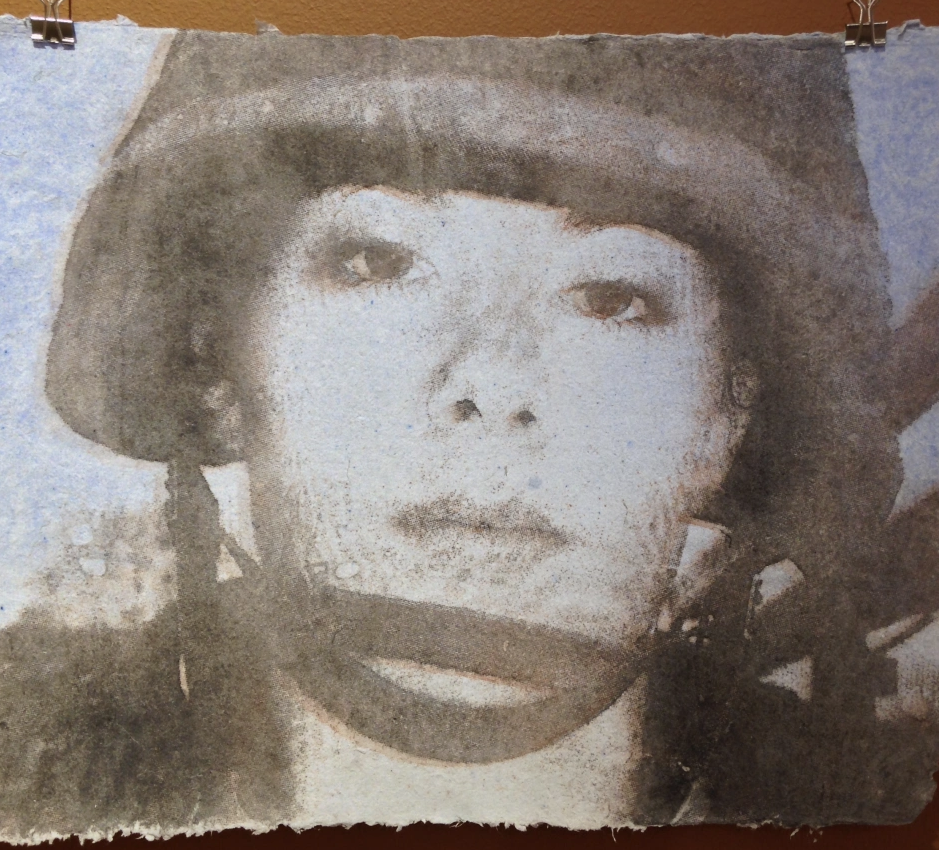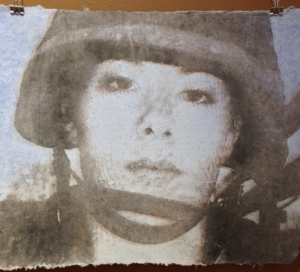The term “trigger” has become a catch-all for the experience of reliving trauma through association: disturbing memories and physical responses seem to come at the most inopportune times. Post traumatic stress disorder (PTSD), a condition common among people who have experienced war, is characterized by a profound shift in perspective, a questioning of values, and an anxiety of everyday experience. What does it mean to get triggered while driving on the New Jersey Turnpike, mistaking a bag of trash for a roadside bomb? Where are the lines drawn between memory, nostalgia, and so-called triggering events? All are related in the way the past reasserts itself in the present, and none are mutually exclusive. How these categories get defined is, to a great extent, determined by how our society chooses to recognize or ignore war and its consequences. This exhibition is ultimately a gesture towards establishing a new language, a challenging of the “silent veteran” stereotype. The artwork in this exhibition represents an exploration of memory by those trying to make sense of the past, to represent and re-imagine it in the here and now, to display those experiences, traumatic or otherwise, for public witness. One piece, titled “Rock, Paper, Scissors,” refers to a Marine losing his best friend to a road-side bomb after a game of rock, paper, scissors. Another piece, titled “Invisible Soldiers,” challenges a stigma surrounding female veterans. Fifteen works of art displayed were made during week-long workshops held for student veterans at Bergen Community College. This is a small step towards opening a dialogue desperately needed in American culture. All of the art herein has been printed on handmade paper made from military uniforms, an ideal medium for vets, service members, and supporters to communicate their experiences. Through the act of deconstructing their uniforms, veterans reclaim their identities though reflection and self-evaluation, which to a great extent, allows them to process the past in a new way.
Combat Paper NJ

